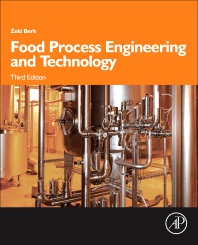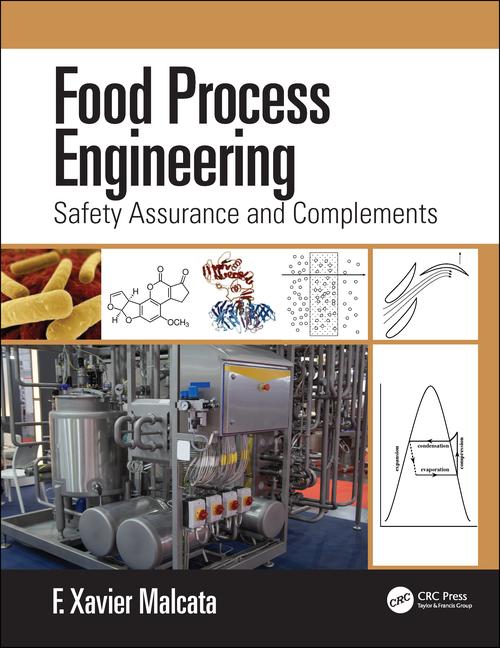TECH FLASH
New disinfecting process could reduce illness outbreaks
A team of researchers has reported a new, easy-to-implement method that could eliminate or reduce incidences of illness related to spinach and salad greens.

Federal and state health officials currently have their hands full investigating an outbreak of Cyclosporiasis that has affected 358 people in 26 states. The outbreak has been traced to Mexican cilantro from the state of Puebla, where investigators found human waste and toilet paper in the growing fields. While most products like cilantro, spinach and other salad greens are rarely this contaminated, disinfecting these products to make them safe for sale and consumption is a serious issue.
Cross-contamination is a real threat in commercial processing facilities, but recently, a team of researchers reported a new, easy-to-implement method that could eliminate or reduce the incidence of these types of illnesses, according to the American Chemical Society (ACS).
Greens are washed by commercial processes before they head to the grocery store. But the washing, which can include water and bleach rinses or irradiation, is not completely effective, says researcher Nichola Kinsinger, a postdoc in the lab of Sharon Walker at the University of California, Riverside. She adds that scientists have estimated 99 percent of foodborne illnesses from leafy greens can be traced back to disinfection issues. As a result, the researchers have sought and developed a different approach to attacking the bacteria, most notably E. coli, which is the cause of many outbreaks.
“Despite current disinfection rinsing, bacteria are surviving on the leaf and causing cross-contamination, resulting in the numerous outbreaks we hear about in the media,” Kinsinger says. “Pathogens can come from irrigation waters or from water used during processing, and they can adhere to spinach leaves. If these bacteria are not all killed in the disinfection process, they can continue to live, grow, spread and contaminate other surfaces within the facility and other leaves.”
Each year, 48 million Americans get food poisoning: 128,000 are hospitalized and 3,000 die, according to CDC. Spinach and other leafy greens have been responsible for 18 food poisoning outbreaks over the last decade.
For their study, the researchers examined the bacteria’s attachment to and detachment from the outer layer of spinach leaves. At low bleach concentrations, the researchers say the bacteria fell off the leaves, but remained alive. At the higher concentrations used commercially, all the bacteria were killed.
“This result was perplexing,” Walker says. “Our experiments were telling us commercial bleach rinses should be much more effective than they are. But then, we studied the leaf itself in more detail.”
Walker notes spinach leaves are perfectly smooth. With this in mind, the team modeled how the bleach would move across the surface of a spinach leaf, taking its bumps and grooves into account. Surprisingly, the model revealed the concentrations of bleach on leaves may not be consistent.
“We found that because of the topology of the spinach leaf, nearly 15 percent of the surface may ‘see’ a bleach concentration that is 1,000 times less than that of the rinse solution,” Kinsinger says. In some cases, that translated to a 90 percent bacterial survival in their tests—and a high risk for cross-contamination.
To reduce that risk, the researchers are optimizing an inexpensive titanium dioxide (TiO2) photocatalyst that can be added to rinse water or used to coat equipment surfaces that come into contact with the leaves as they are processed. When TiO2 absorbs light, it produces a strong oxidant that kills bacteria.
The scientists presented their work at the 250th National Meeting & Exposition of the American Chemical Society (ACS), which was held last week.
Looking for a reprint of this article?
From high-res PDFs to custom plaques, order your copy today!









